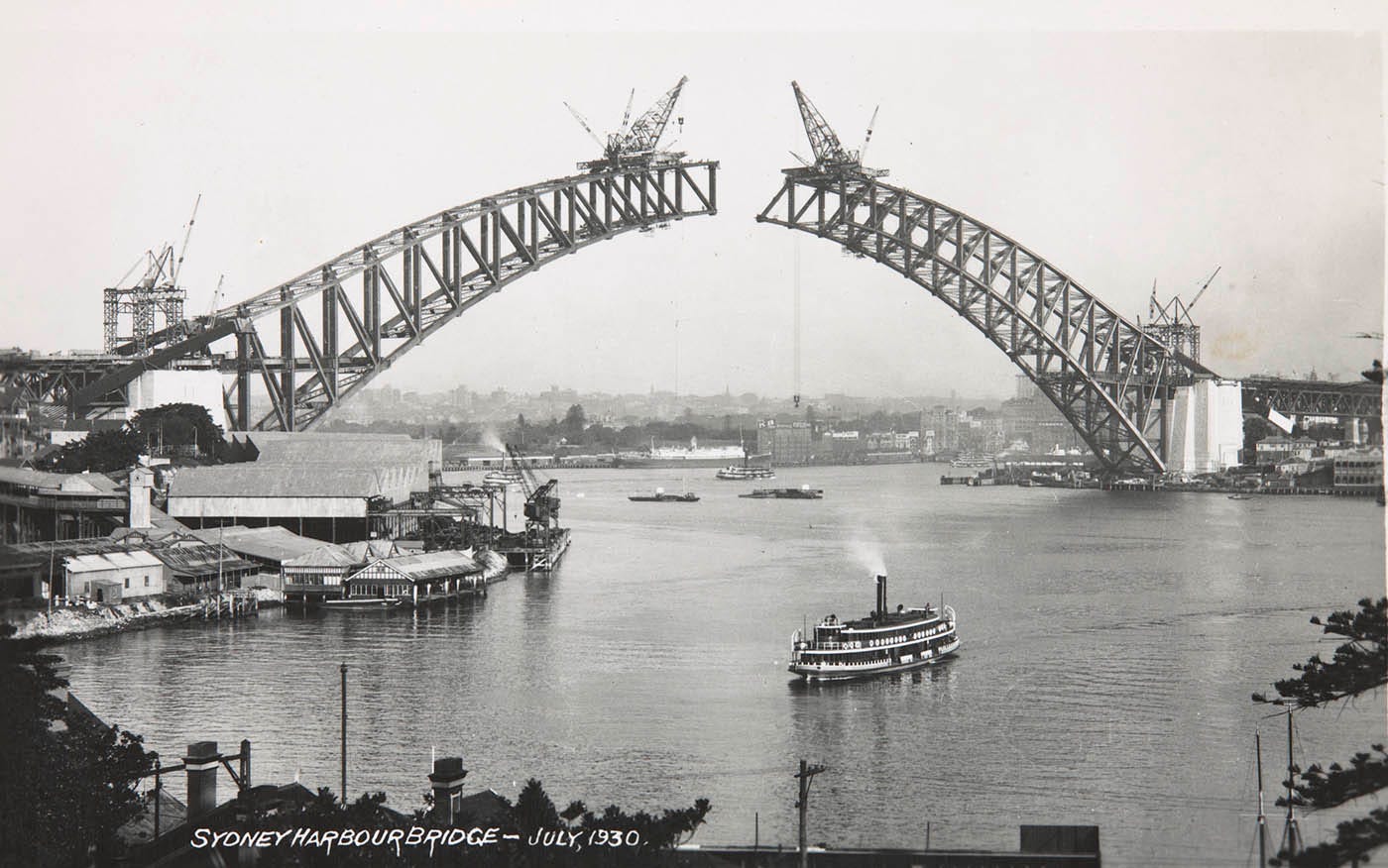Two kinds of under-resourcing
And what to do about them
The topic of resourcing (and in particular, under-resourcing) comes up frequently in most organisations. Resources, however plentiful, are by definition finite and yet human ambition is infinite. Contention for resources never goes away, and thus the issue of under-resourced efforts is a common one.
This article is how to think about the correct course of action when one finds oneself in an under-resourced initiative. In particular, what does owning it mean in this context?
A common reaction to this predicament is to grumble privately about your leaders, and push on.
Don’t be a hero
This isn’t the charge of the light brigade. Yours is not but to do and die.
Owning it does not mean that you should be willing to undertake an oceanic voyage on a small leaky boat. If the resourcing for an area of ownership or an initiative is inadequate, owning it does not mean “just grin and bear it”. This must be escalated.
First of all, in my experience I have noted that there are two different kinds of under-resourcing.
Type 1 under-resourcing
What I call Type 1 under-resourcing is when the team can operate efficiently, but a lack of resources means it cannot meet its objectives in a timely manner. For example, they are responsible for a Company OKR to move assign rate by 1% in the current semester, but with the current level of resourcing can only realistically hope to increase it by 0.5%.
Type 2 under-resourcing
Type 2 under-resourcing is when the team does not have the resourcing it needs to operate efficiently. For example, if a team needs the services of a data analyst to efficiently validate its assumption and does not have one on the team, this is Type 2 under-resourcing. The team will be forced to build product that has not been properly validated, and therefore its labour is likely to be entirely in vain.
Type 1 under-resourcing is problematic, and ought to be escalated; however there are times when it is reasonable and appropriate to live with it. Type 2 under-resourcing, on the other hand, should not be tolerated (least of all by the team itself) under any circumstances. It’s a waste of the company’s money, and it’s a waste of the team’s labour. Ultimately, when no value is delivered, it feels terrible for everyone.
Owning it means forcing a hard escalation of Type 2 under-resourcing. But what might such an escalation look like?
It is of course reasonable to point out the resource shortfall and say “we need more resources”. That does not mean that the business is in a position to provide those resources. So what then? Once we accept that Type 2 under-resourcing is not to be tolerated, there is logically speaking really only one alternative: to abandon the investment area and reallocate the people and resources to other efforts.
This may not feel great, but that is what owning it means in these circumstances. The escalation needs to be in the form of a hard decision presented to business leadership: either fix the resourcing shortfall such that Type 2 under-resourcing is fixed, or pull the plug. It may seem like a threat, but it’s not: it’s simply telling truth to power. And that is a big part of what owning it means.
Join the conversation!
Like this content? Please support WTFisaCOO by subscribing for free.



Well said mate
Hi Yaniv,
your posts are always quite interesting and exciting to read. I think another form of under-resourcing is also skills gap, you technically may have on paper what you need but it does not allow you to operate efficiently (hence looks like Type 1), at the same time it also feels that you aren't actually not having what you need, if the skill gap cannot be quickly filled (hence it seems more of a Type 2, as your assumptions were originally wrong?). Any thoughts?